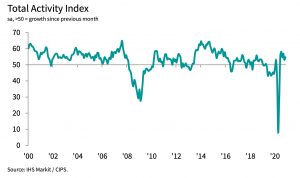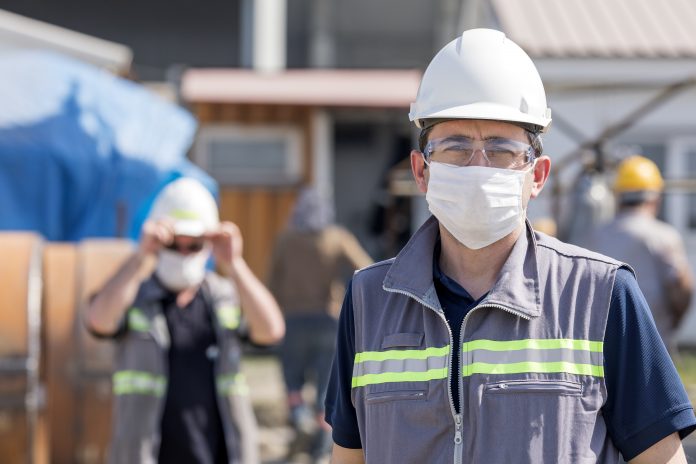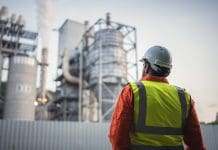The latest PMI figures show November indicated a sustained recovery in UK construction output, with the rate of expansion accelerating from the previous month
At 54.7 in November, up from 53.1 in October, the headline seasonally adjusted the Total Activity Index registered above the 50.0 no-change value for the sixth consecutive month.
All three broad categories of activity saw higher output in November.
Housebuilding was the best-performing area in November (index at 59.2), despite the rate of growth easing since October.
Civil engineering returned to growth in November (52.3), while commercial work increased only marginally (51.9) and at the slowest rate for six months.
New business volumes expanded at a robust and accelerated pace in November.

The latest improvement in construction order books was the steepest since October 2014, which survey respondents attributed to a recovery in tender opportunities and improving confidence among clients.
Greater workloads also contributed to a strong increase in purchasing activity during November, with the rate of growth reaching its highest for just over six years.
Rising demand for construction products and materials placed additional pressure on supply chains in November.
Despite the rising activity, some firms reported ongoing job cuts amid efforts to reduce overheads.
Rising client confidence
Tim Moore, economics director at IHS Markit, said: “UK construction output stayed on a recovery path in November and there were signs that the main growth driver has transitioned from catch-up work to new projects.
“The latest increase in new orders was the strongest since late-2014, with construction firms reporting a boost from rising client confidence and the release of budgets that had been held back earlier in the pandemic.
“Housebuilding was once again the stand out performer, while a return to growth for civil engineering contributed to the rise in the headline PMI during November. Commercial construction lagged behind the recovery seen elsewhere in the sector amid subdued demand for office space, retail developments and other corporate projects hit by the pandemic.”
David Vayro, head of built environment projects at law firm, Primas Law, said: “This positive data for the construction sector gives some substance to the market perception of pent up demand resulting from the painful medicine being sucked up by the industry in terms of social distancing, lockdown, self-isolation and quarantine.
“The trend in growth has now persisted for six consecutive months. It brings its own challenges with it – materials lead times have increased as a result of the additional supply chain pressure.
“That additional demand is feeding into a one year high in the increase of materials and other costs, clearly exacerbated by the ravages wreaked on supply chain stability by the pandemic.
“Albeit that employment data is still weak with some ongoing job cuts featuring in efforts to reduce overheads, optimism is higher now than at any time since those innocent, pre-Covid days of January 2020.
“The sector can look for this growth trend to continue at least in the near to mid-term but the clamour around the repressive effect of skill shortages (especially if a no-deal Brexit happens) will increase, potentially putting a brake on the pace of growth.”














